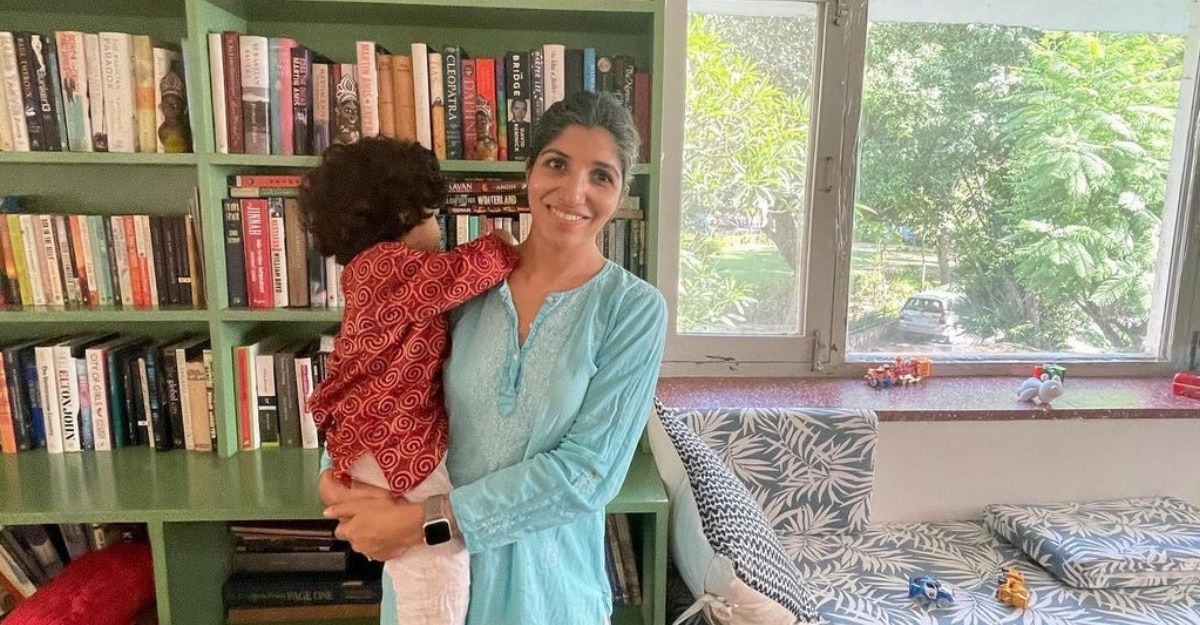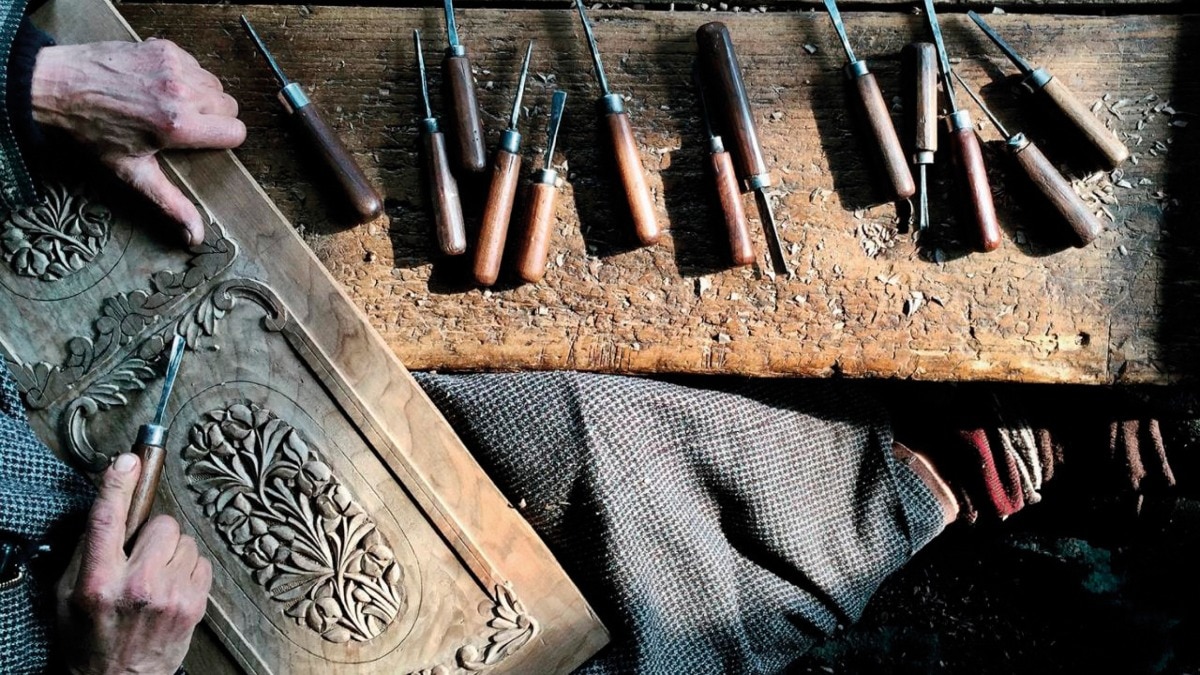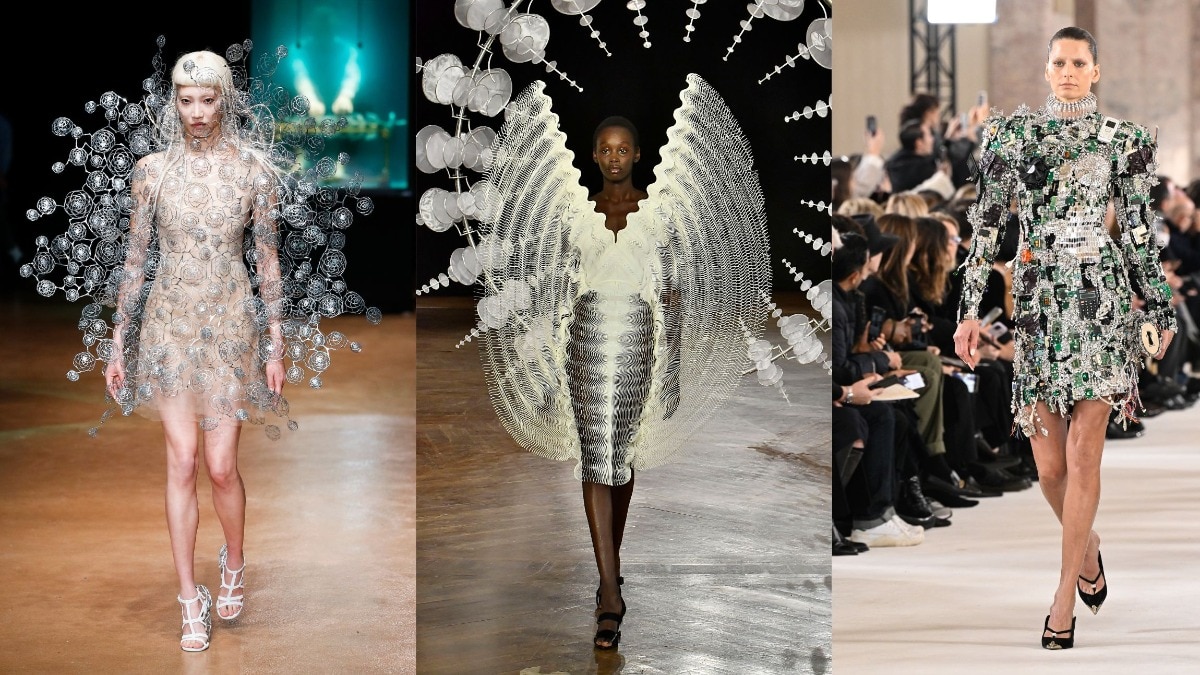There IS a way to build a perfect shelf, Chiki Sarkaar tells us how
The publishing wiz loves her books, and that also includes building them an ideal home.


When Chiki Sarkar first started her career as a young editor in Bloomsbury, London, there was little that could have pointed to the fate that awaited the soon-to-publish-Harry-Potter and rise-to-fame humble publishing house. Slush piles became the new gold mines, and Sarkar spent seven years scavenging through the ones in Bloomsbury until she returned as the founding editor of Random House India. Over the coming years she went on to head publishing at Penguin Books India, and then Penguin Random House India, before she, along with five senior editors from the team, left to start Juggernaut Books.
Known for her knack of tapping into the zeitgeist to find just what the market wants to read at the moment, Sarkar has built the publishing house to one of the top five in the country today. But her love for books transcends simply creating them to also housing them in beautiful shelves that have now become a thing of architectural delight for everyone who knows of this literary force, and there are many.
In an interview with Bazaar India, Chiki talks about her love for bookshelves and how to create the perfect one.
HARPER’S BAZAAR: Almost all your spaces are defined by statement bookshelves. What was your first one like?
CHIKI SARKAR: It was in the first flat I bought when I lived in London. It had been owned by a fashion/lifestyle journalist with a very quirky, cool taste (the kitchen floors were peacock blue lino!) and she had these bookshelves built of very thick, textured wood with the grain showing, almost like art. It was floor-to-ceiling, and the wall she had picked wasn’t a flat rectangle but had a slightly unusual shape, so the whole effect was very dramatic. That was my “aha” moment . I thought to myself, “if you are serious about books, you need floor to ceiling bookshelves across a whole wall.”
HB: Has there been a journey from then to the ones now?
CS: Not really. When I moved to Delhi, I made sure to have floor-to-ceiling shelves made across a long wall of my living room, and I didn’t use “cool” wood, but what mattered was how the shelves were built and how I played with sizes and colours. In fact, when I first moved in, much of those shelves were empty!
HB: You talk about three rules to building a perfect bookshelf.
CS: Yes, these three and you are sure to have a superb shelf.
One: Create shelves that fill the space. So it could be like me: floor-to-ceiling shelves across a wall in a room. Or it could be a bunch of smaller spaces that you find around the house—say the wall space above windows or doors.
Two: The height of the shelves. I see a lot of fancy shelves which are very deep, where you can put flowers and pictures along with the books. But I tend to prefer more serious shelves, where the depth is not much more than the biggest books you have. So what I do is divide my books into standard sizes and then funny sizes (cookbooks, children’s books, coffee table books). Most of your shelves should be for the standard size of books and the biggest of those sizes is 234x153 mm. That means your depth doesn’t have to be much more than 153 mm and your height doesn’t have to be much higher than 234. As a result, the books don’t look lost in the space and are packed better. You could do some taller and deeper shelves for the not-so-standard sizes at the bottom rows, or maybe in another smaller space somewhere else.
Three: Have fun with the colours. Or, like that ex-owner of my London flat, experiment with textures of the wood you’ll use. I have wonderful green and red shelves in my flat currently and I love them. And the red coloured shelves are built against an orange coloured wall!
HB: What would you recommend for those renting flats who can’t make changes?
CS: I am one of those crazy people who spend money on doing a rental up before I move in. But what I’d recommend is maybe buying Ikea or some other movable shelves. I moved my shelves from my old flat to the new one and repainted them red.
HB: You also built a separate space for your son, Cashew’s picture books. How is it different from the ones you’ve built for office and home?
CS: Yes! I built an amazing bookshelf for Cashew, which I really should have done years ago! It’s a picture bookshelf which allows books to be displayed facing front so a child can easily see them. Also, children's picture books are very thin, so spines don’t work. It really is its own thing and has its own rules, and I had to figure it out by seeing pics online and then working with a fabulous furniture maker who really helped work out the size and shapes.
And that goes for all the books one owns, according to Sarkar. Maybe you are a coffee table books aficionado, or you only read academic journals, or maybe travel guides are your thing. Her rule of thumb is simple—utility in size and art in colours and style. As Sarkar takes you through her shelves, it's clear, knowing your books is the only way to create an ideal shelf!
Lead Image: Chiki Sarkaar










